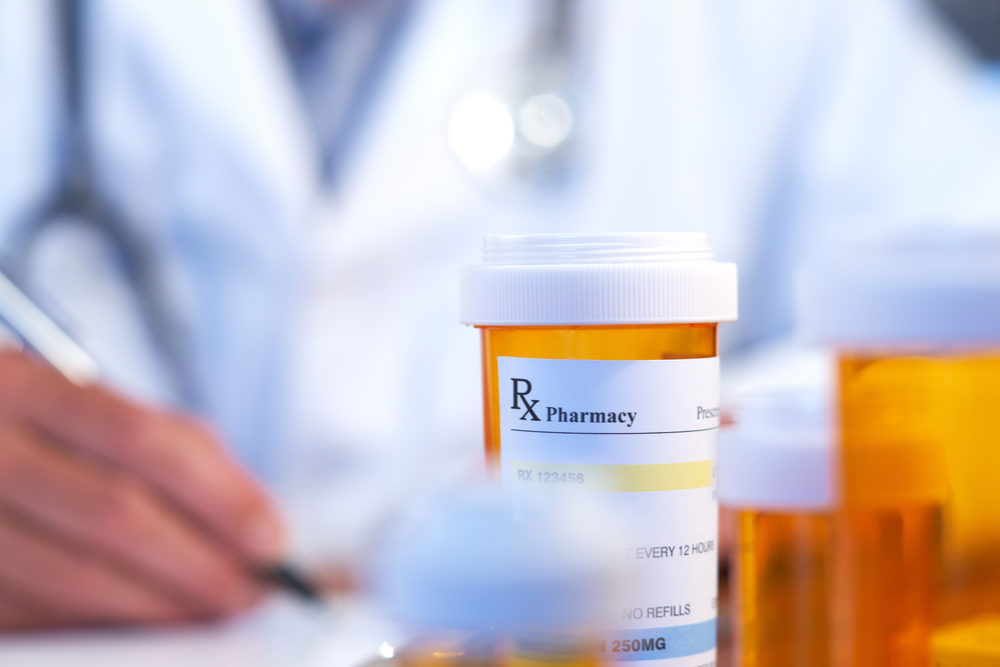Opioid Drug Makers Commonly Provide Gifts and Payments to Doctors: Study

Amid increasing concerns about the opioid abuse epidemic in the U.S., a new report suggests that doctors have received more than $46 million dollars in gifts and payments from manufacturers of the pain killers, which were intended to increase sales of the addictive drugs.
According to findings published in the September 2017 issue of the American Journal of Public Health, about one out of every 12 doctors received some type of financial from narcotic painkiller drug companies. The report highlights the role doctors play in the increasing severity of the opioid abuse problems that cause thousands of deaths nationwide.
Researchers identified payments made to doctors involving opioid painkillers from drug companies made between August 2013 and December 2015. They used the Open Payments program database from the Centers for Medicare and Medicaid Services, an agency that oversees public health insurance. A Medicare report released in 2016 indicated one-third of patients are given narcotic painkiller prescriptions routinely.

Did You Know?
Millions of Philips CPAP Machines Recalled
Philips DreamStation, CPAP and BiPAP machines sold in recent years may pose a risk of cancer, lung damage and other injuries.
Learn MoreAs part of the Obamacare Physician Payments Sunshine Act, drug makers are now required to report payments or gifts made to doctors or teaching hospitals.
Nearly 400,000 opioid-related payments were made to more than 68,000 doctors, equaling more than $46 million. The top one percent of gifted doctors received nearly 86% of payments.
Payments included money for speaking fees, consultant fees, travel and meals. Overall, 63% of value of the payments were for speaking fees or honoraria, while more than 94% of the number of gifts given were for food and beverage payments.
Researchers also examined payments according to the type of opioid product, such as abuse deterrent formulations. Abuse deterrent formulations made up 20% of payments, while buprenorphine, used to combat addiction, constituted 10%.
Doctors Contributing To Opioid Crisis
Drug companies spend a lot of time and money marketing narcotic painkillers to doctors, more so than less addictive painkillers. The findings of another study indicated when a doctor accepts one meal from a pharmaceutical company they are more likely to prescribe that name brand drug to patients later, study authors noted.
Another study published this month by the National Bureau of Economic Research indicates doctors who studied at top medical schools write “significantly fewer” opioid prescriptions every year, compared to doctors from lower ranked schools.
In comparison, doctors from highly ranked schools wrote about 180 prescriptions per year. Those from lower ranked schools wrote 550 per year on average. Comparatively, doctors trained outside of the U.S. also wrote fewer narcotic painkiller prescriptions.
The findings of the two recent studies point to the important role doctors play in the opioid abuse epidemic. The FDA has highlighted the need for doctor education to combat opioid abuse.
Another study indicated opioid painkiller prescriptions were reduced by 30 percent when doctors were monitored and had to justify those prescriptions.
“Approximately 1 in 12 US physicians received a payment involving an opioid during the 29-month study,” researchers in the latest study concluded. “These findings should prompt an examination of industry influences on opioid prescribing.”
Get more articles like this sent directly to your inbox.
"*" indicates required fields




0 Comments